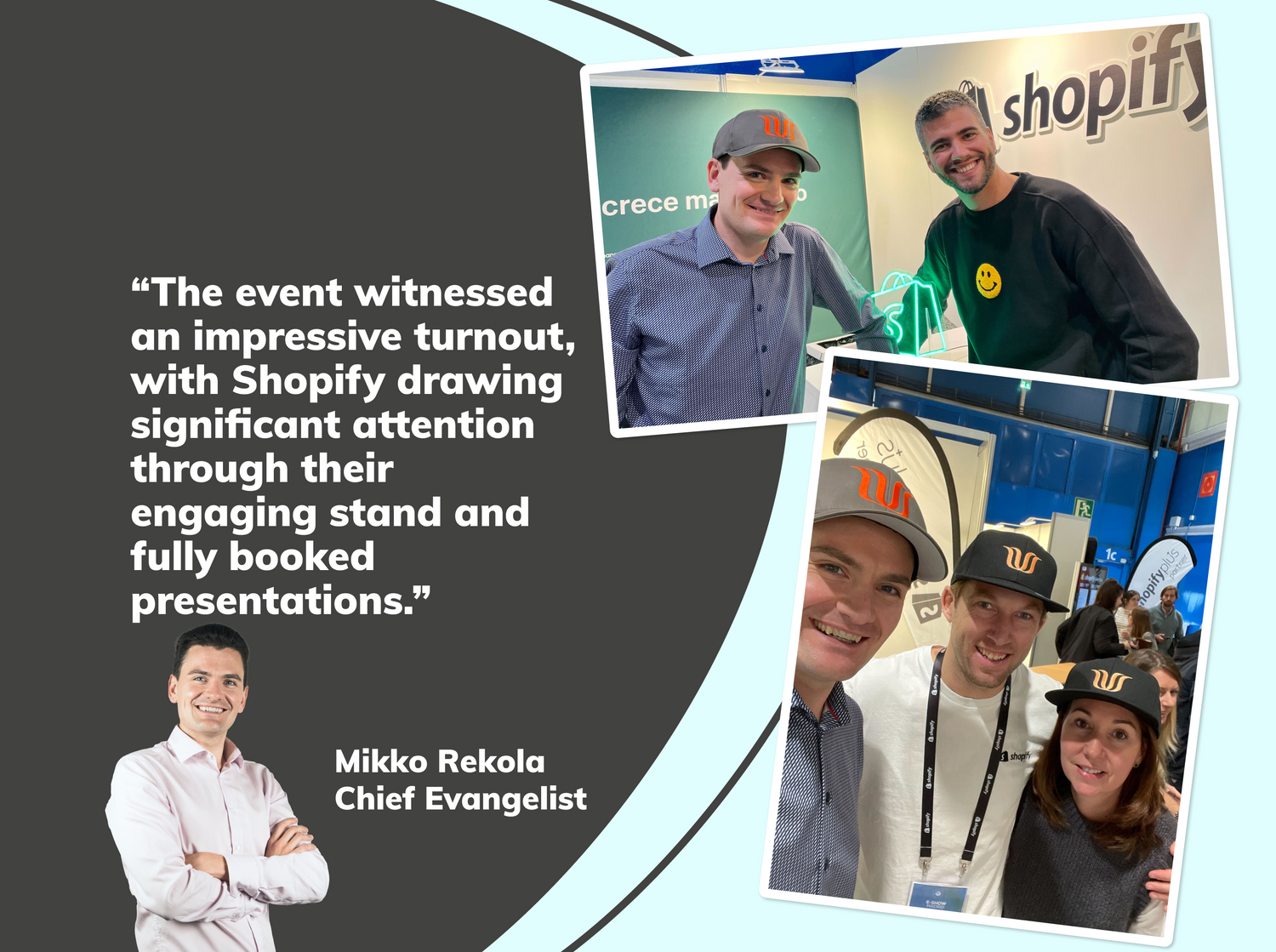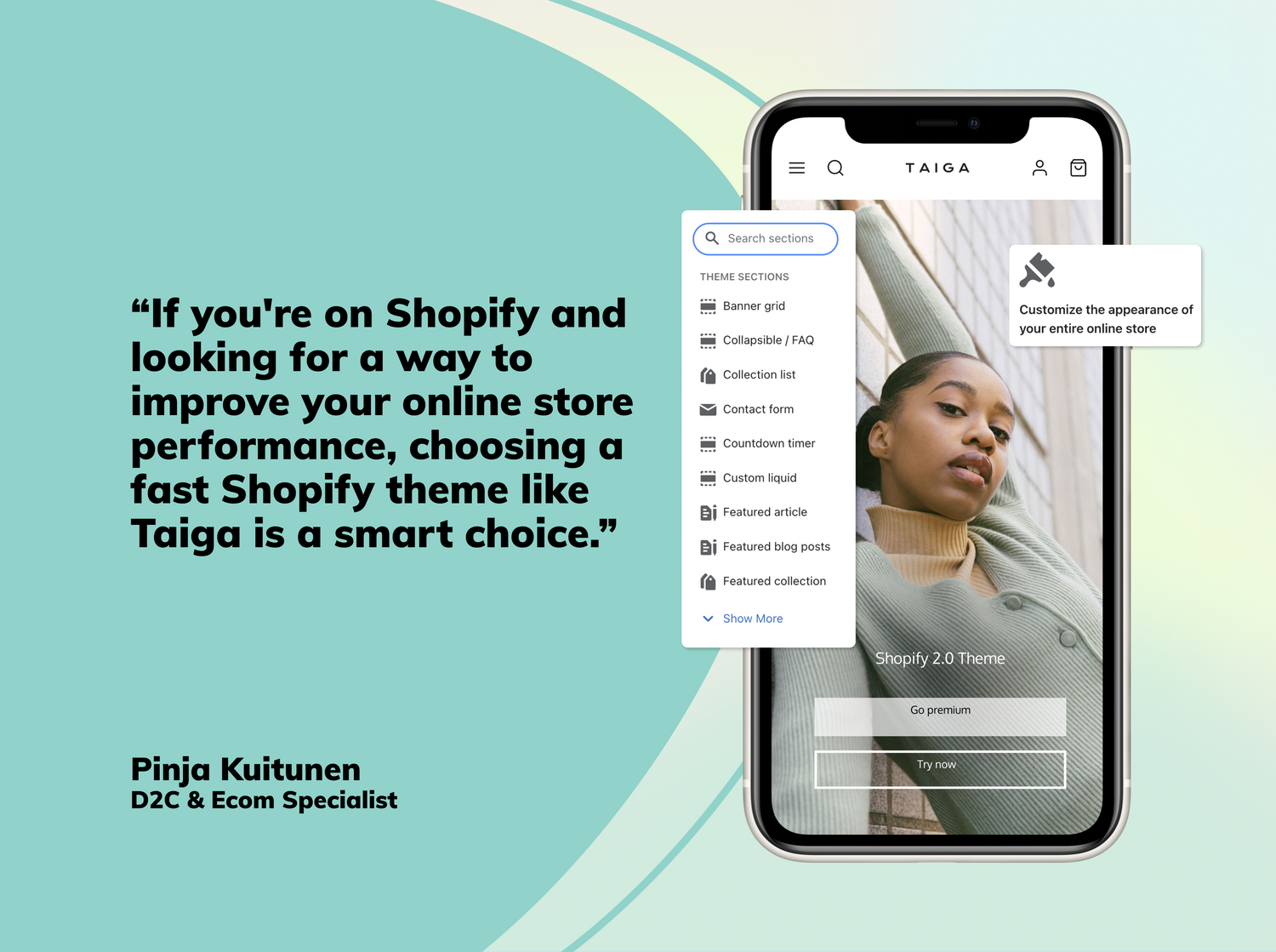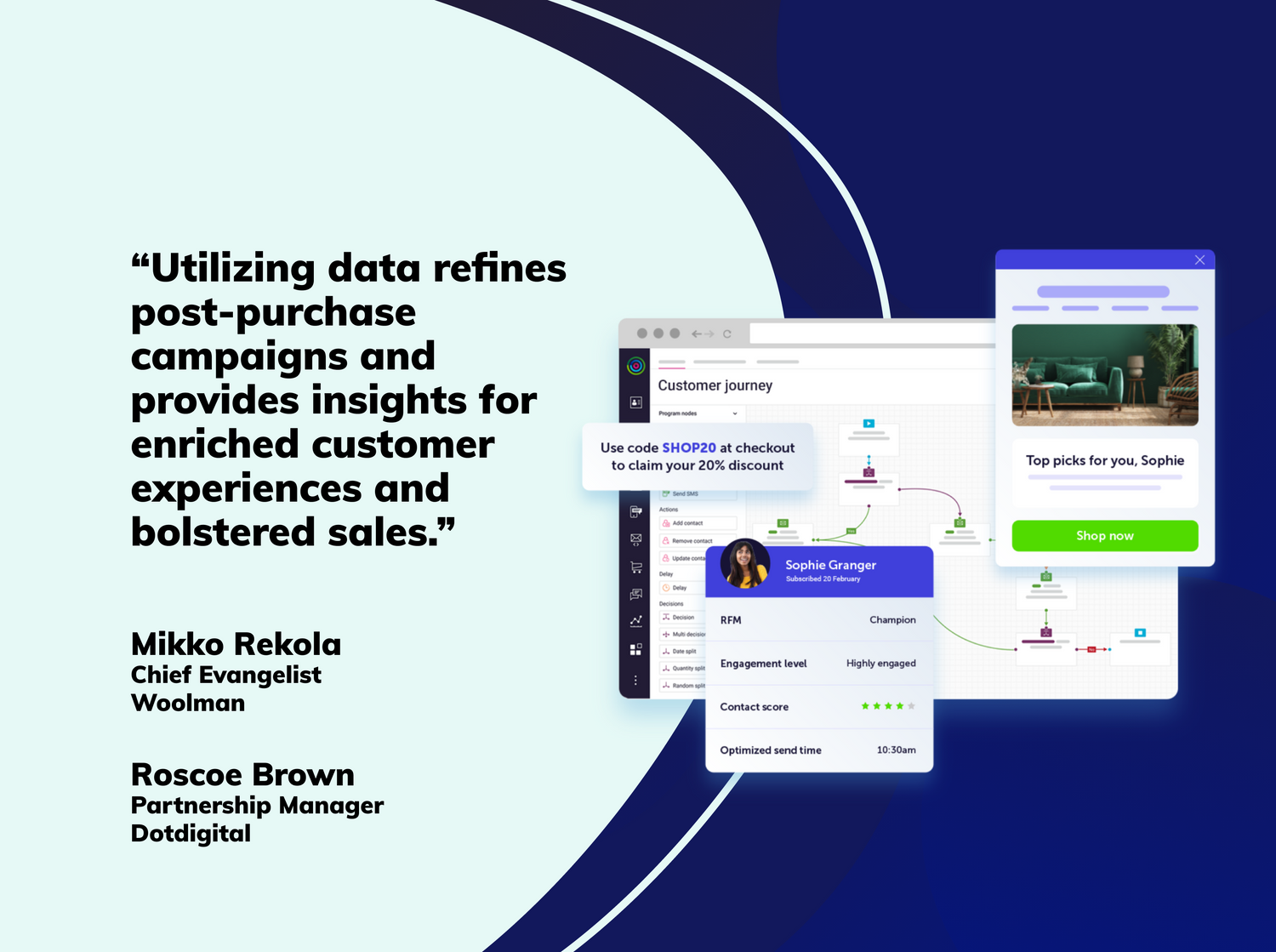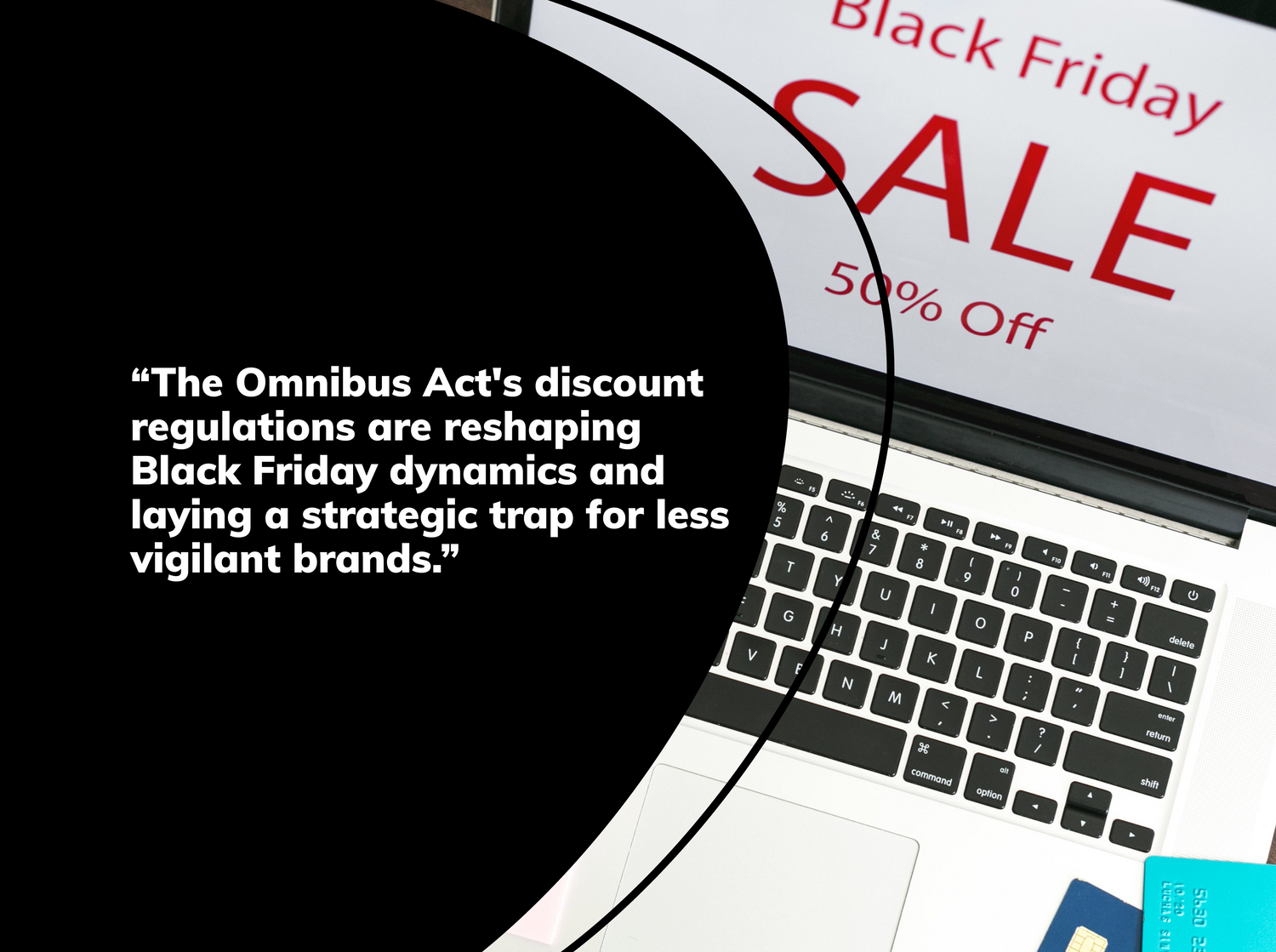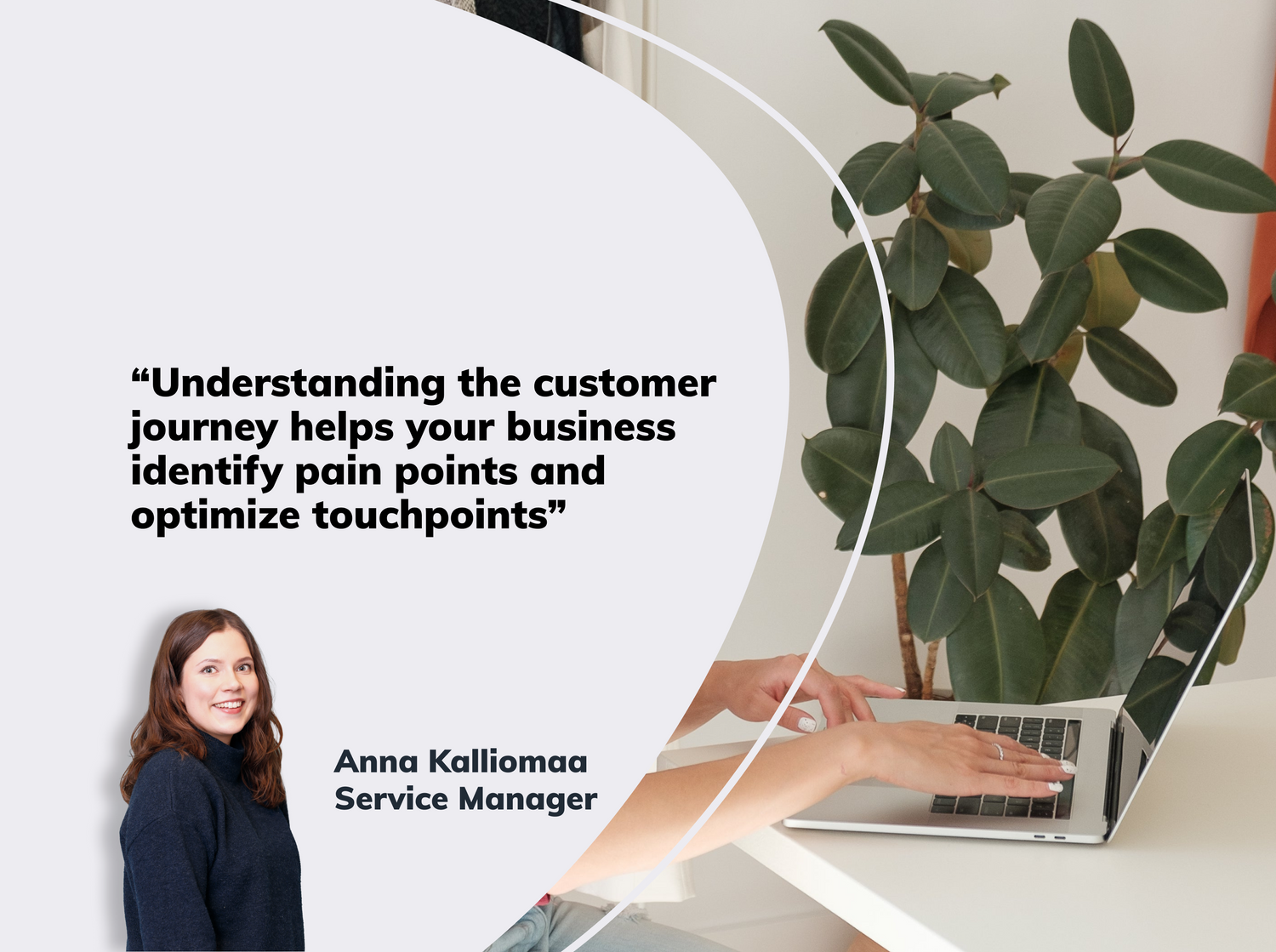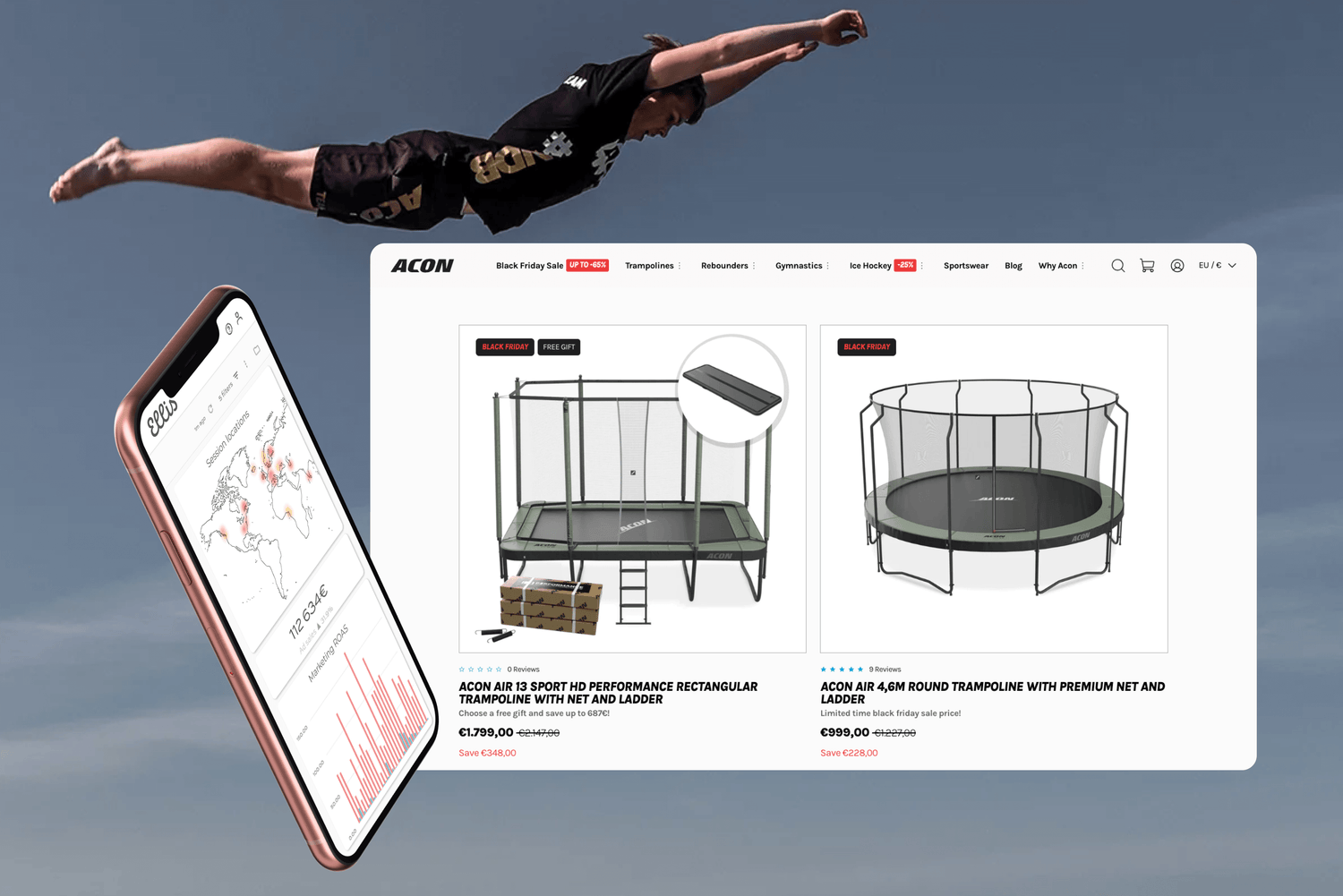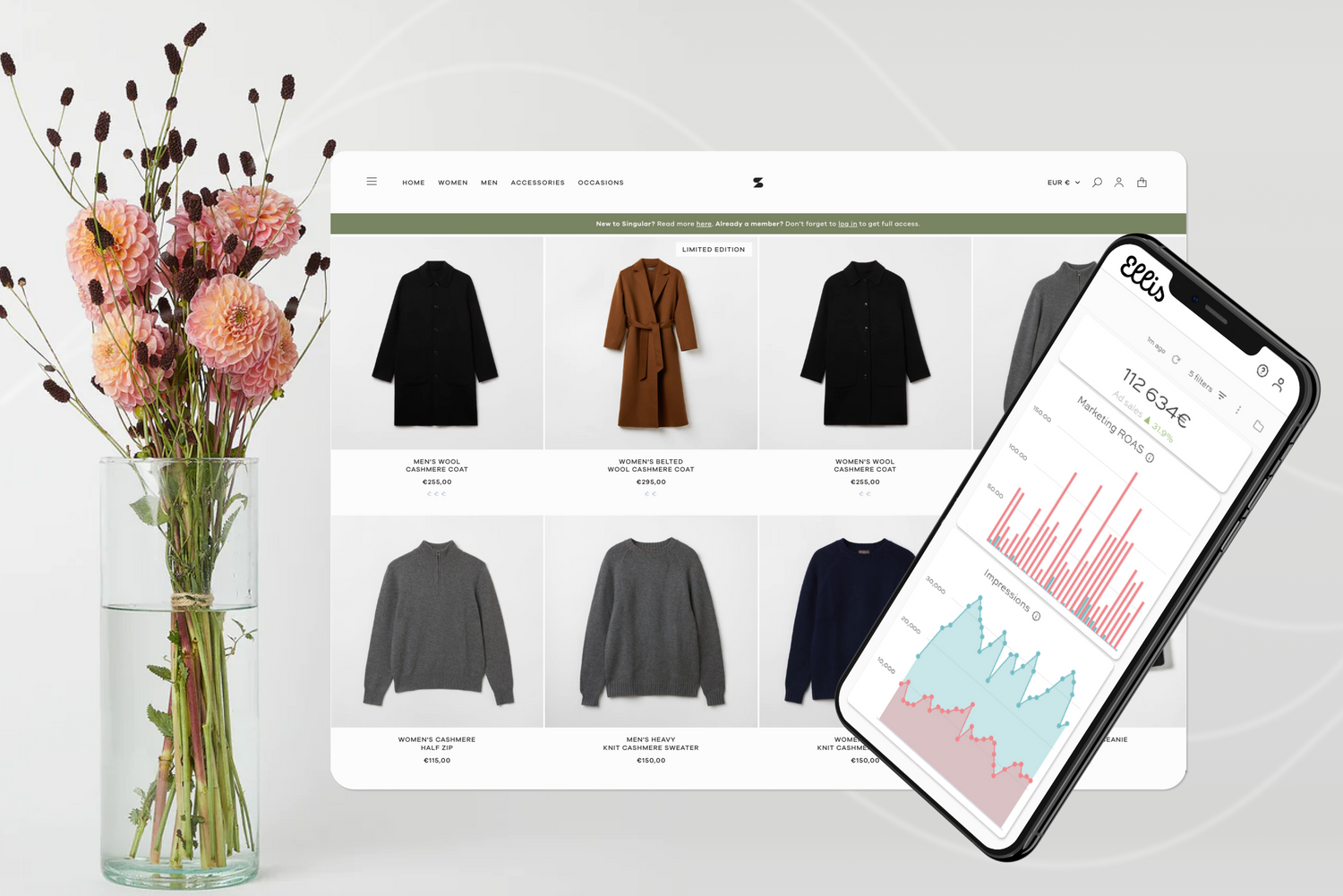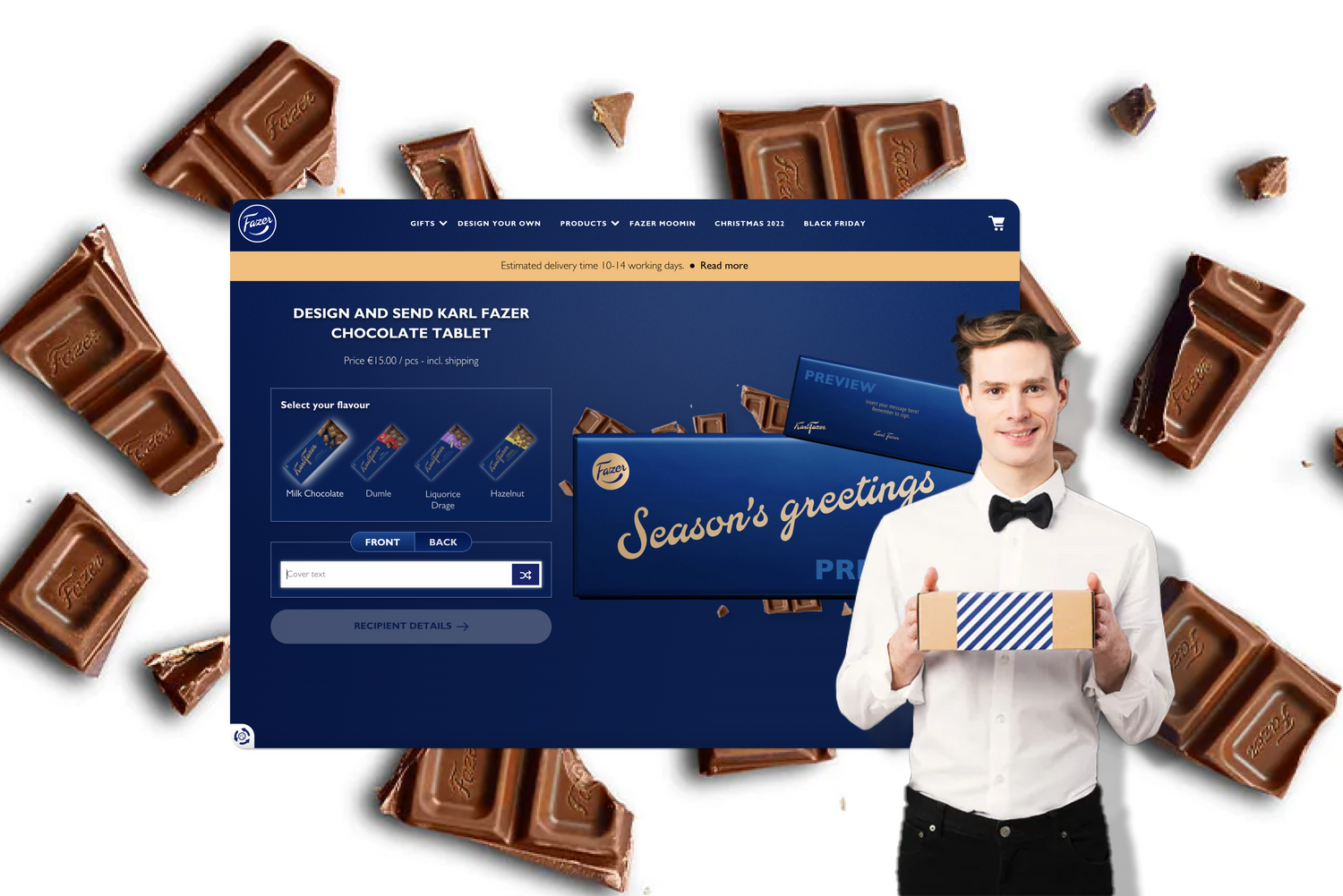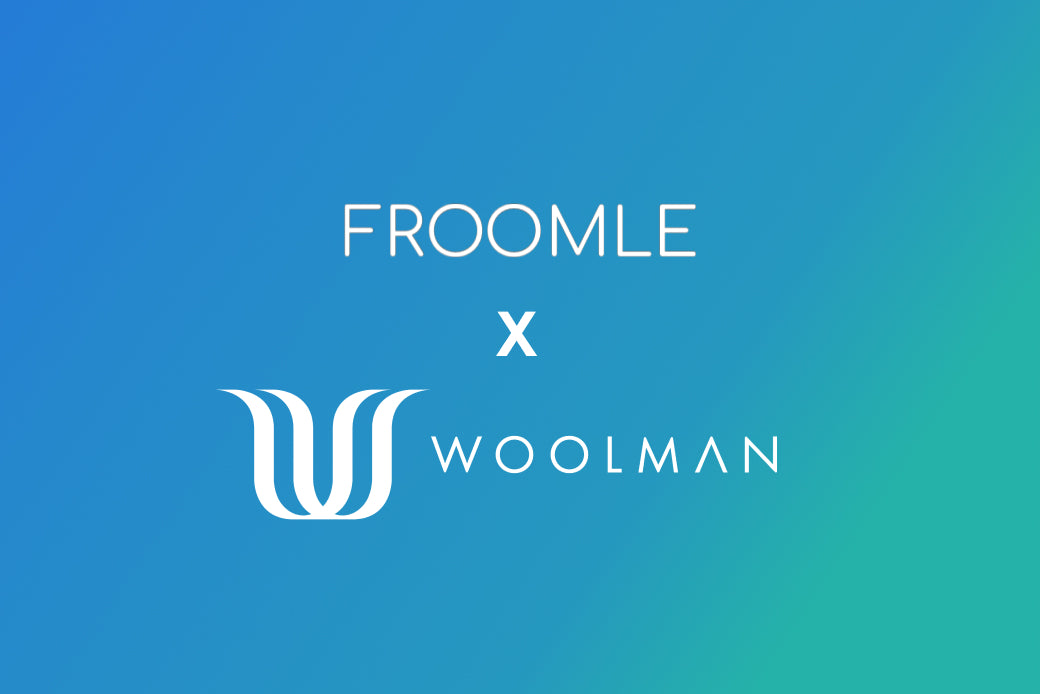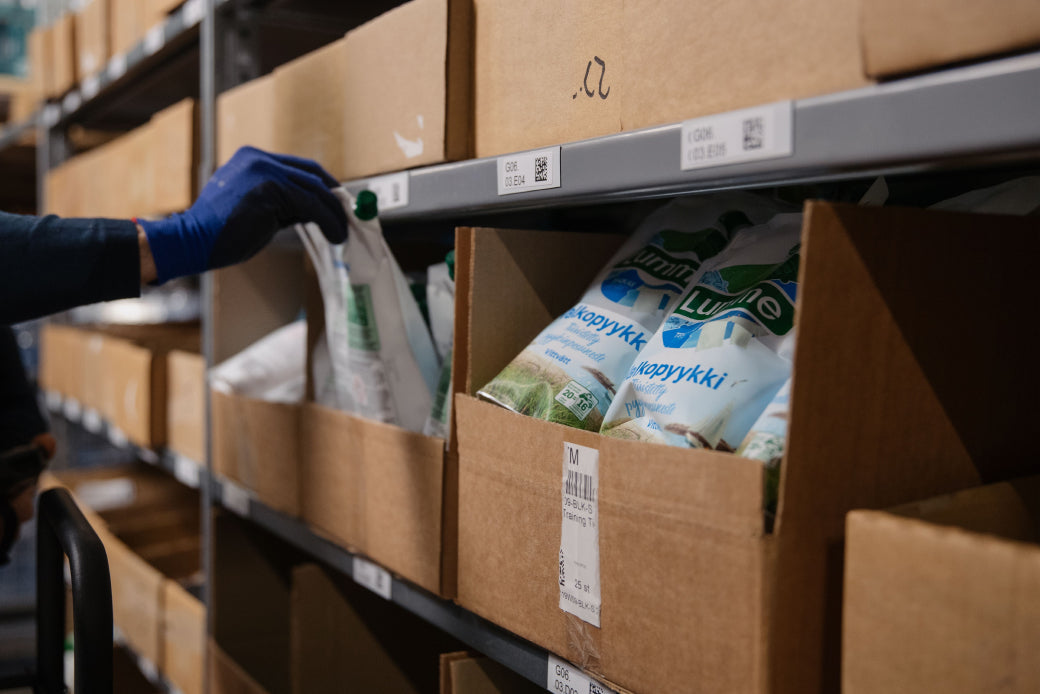
Top online stores such as Amazon learn their customers’ needs quickly and are extremely good at offering just what you’re looking for. Instead of your latest email from the store listing stuff that, say, your dad would be interested in, you find products that you could consider buying for yourself.
After your next order, you get an email containing a discount code for products in the same range. Without marketing automation, though, your customer experience would be very different. Personalising communication with a large group of people would be impossible, because this would demand a huge number of staff.
But an online store doesn’t need to be as big as Amazon to make use of marketing automation. Many of our small online store clients also use it actively and get great benefits from it.
In this blog post:
- We briefly tell you what marketing automation is and what it isn’t
- We list four features of marketing automation that every online retailer should take advantage of
- We give examples of our clients’ marketing
What is marketing automation?
Marketing automation is software that automates repetitive marketing tasks (such as emails and social media updates), carries out multi-channel communications, and uses analytics to gauge and develop results. Marketing automation can nurture potential customers into actual customers and, gradually, delighted customers by offering them personalised, targeted, interesting and relevant content.
A workflow is a series of marketing messages, such as emails, which are timed to go out at certain intervals or on the basis of customers’ behaviour. This means you only have to create the content sent out in the workflow and set the timing. After that, the automatic software makes the relevant contact with all customers who fit the criteria you have set, now or in the future.
You should remember, though, that marketing automation, just like any other IT system, doesn’t run by itself. This means it doesn’t replace your marketing team or agency, because someone still has to write those emails. What it does do though is free you from other simple but time-consuming tasks, so you can focus on increasing your sales.
Four ways to use marketing automation in your online store
1. Make a good first impression with a warm welcome email
You only get one chance to make a first impression. When a customer signs up for your newsletter, make the most of the opportunity by sending them an automatic email to thank them for joining and tell them how they can expect to hear from you (for example, how often and the message content). A welcome email is one of the best ways to present your brand and build a customer relationship with your new subscribers.
Attracting newsletter subscribers is important, because email is one of the most productive marketing channels. According to a Salesforce report, every dollar spent on email marketing campaigns generates $38 in sales.
“Every dollar spent on email marketing campaigns generates $38 in sales”
2. Turn those abandoned carts into sales
Seven out of ten people abandon their shopping baskets while shopping online. It’s no wonder, then, that an abandoned shopping basket workflow is considered one of the most important workflows in online marketing automation. People abandon their basket for many reasons. The time isn’t right, or they have problems completing the transaction. You can turn this situation into a sale by reminding a customer about their forgotten purchase. They’ve almost walked down to the end of the path to purchase, so they’ll probably be interested in buying things from you in future, too.

You’re more likely to save an abandoned shopping basket if you react quickly. The automatic email goes out to the customer while their abandoned purchase is still on their mind. And if they don’t come back to their basket, you can automatically send them a discount code, for example.
3. Reward your best customers
It’s no news to anyone that loyal customers mean a lot for your business’s growth. That said, manually selecting committed clients and running loyalty programmes is a lot of work. Marketing automation offers you new tools to develop customer loyalty and to deepen your customer relationships. You can set the software to track your customers’ purchase history and behaviour. Based on this, you can automatically select the customers you invite to join a programme.
You can also automate rewards for loyal customers. For example, when a loyalty programme member spends more than €100, or writes a product review, they automatically receive a discount code by email.
4. Target less engaged customers
As well as rewarding active customers, it’s also important to remember customers who haven’t engaged with your emails or visited your store in a while. Repeat customers are valuable to an online store, and generate more sales than new ones.
You can set up automated marketing to recognise customers who haven’t visited your store for a month or newsletter subscribers who haven’t opened your last five emails, for example. You could encourage them to come back with free delivery.
Sometimes, just a timely reminder is enough. Our client Dick Johnson has crafted an inventive message to remind hair salon clients to book a new appointment four weeks after their last one.
Know your customers better and develop your marketing
Marketing automation can give you a lot of information about your customers’ interests and how effective your marketing efforts are. By using this information, you can get to know your customers better.
Marketing automation systems have great analytics functions, and are made for testing and learning. This means you can play around with what works best with your customer base. Each test gets better results than the last and testing means your marketing is constantly getting more power.
Always remember to focus on what really brings value to your customers. Some things you can do:
- Ask them to write product reviews
- Offer them interesting content
- Tell them about upcoming sales and new products in advance
Silja Patrikainen / Woolman



